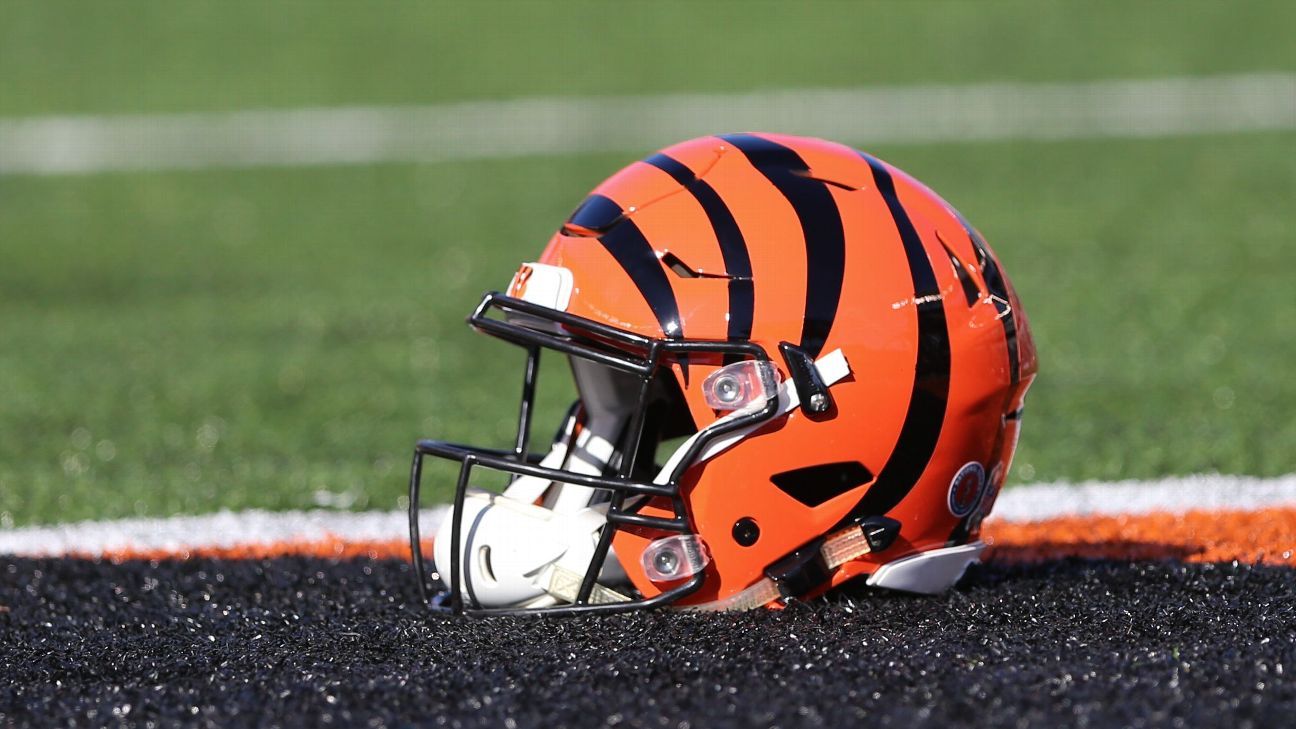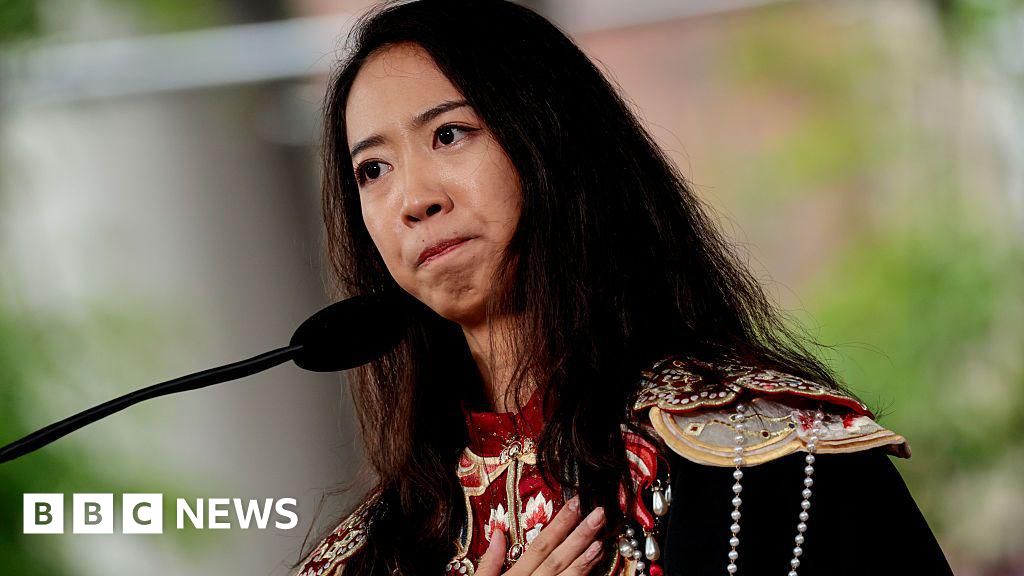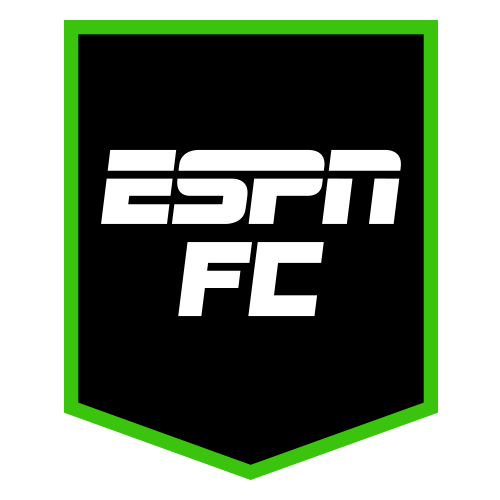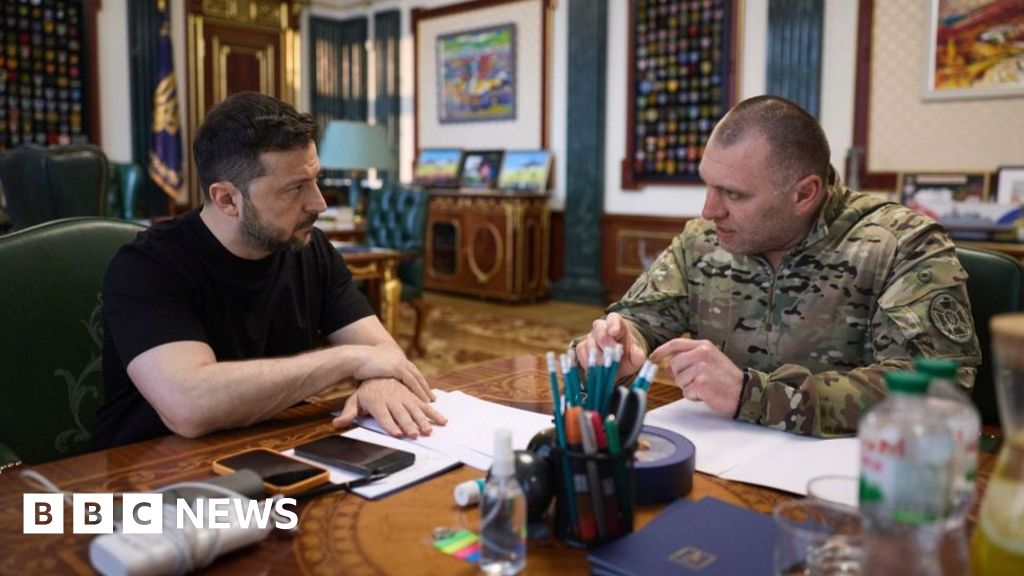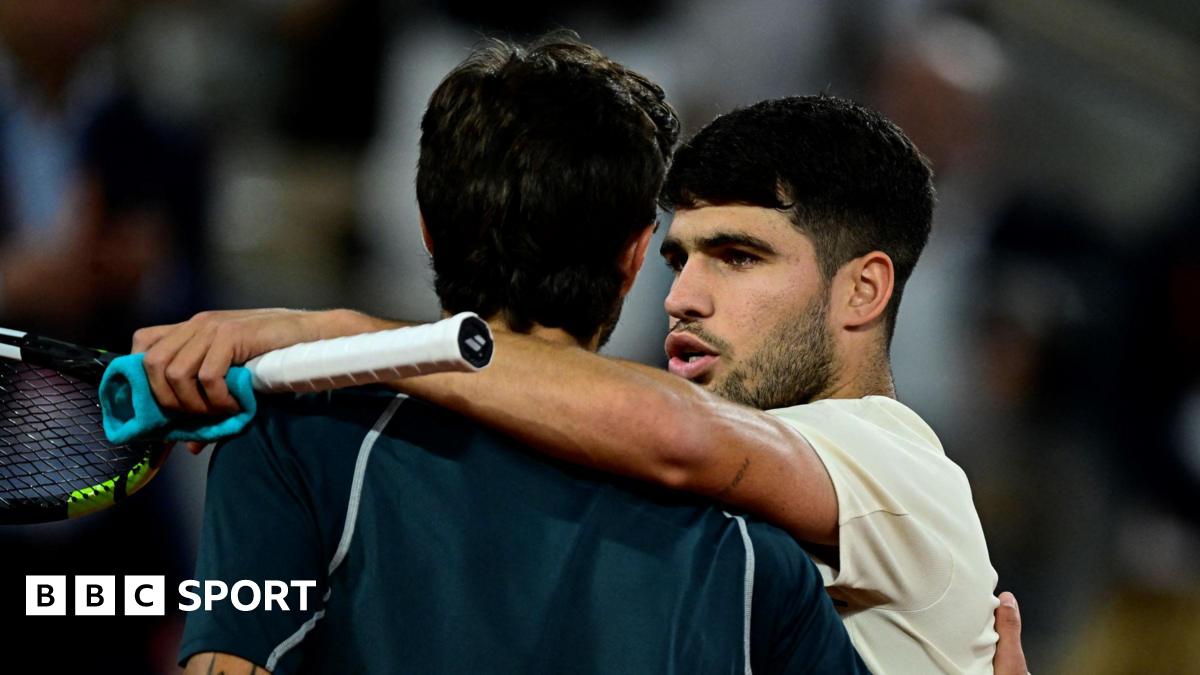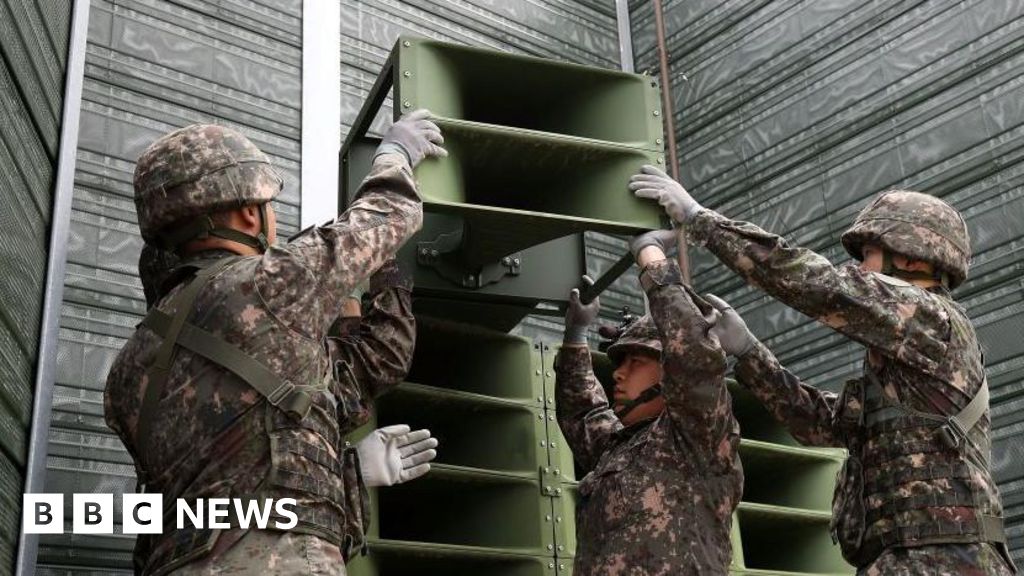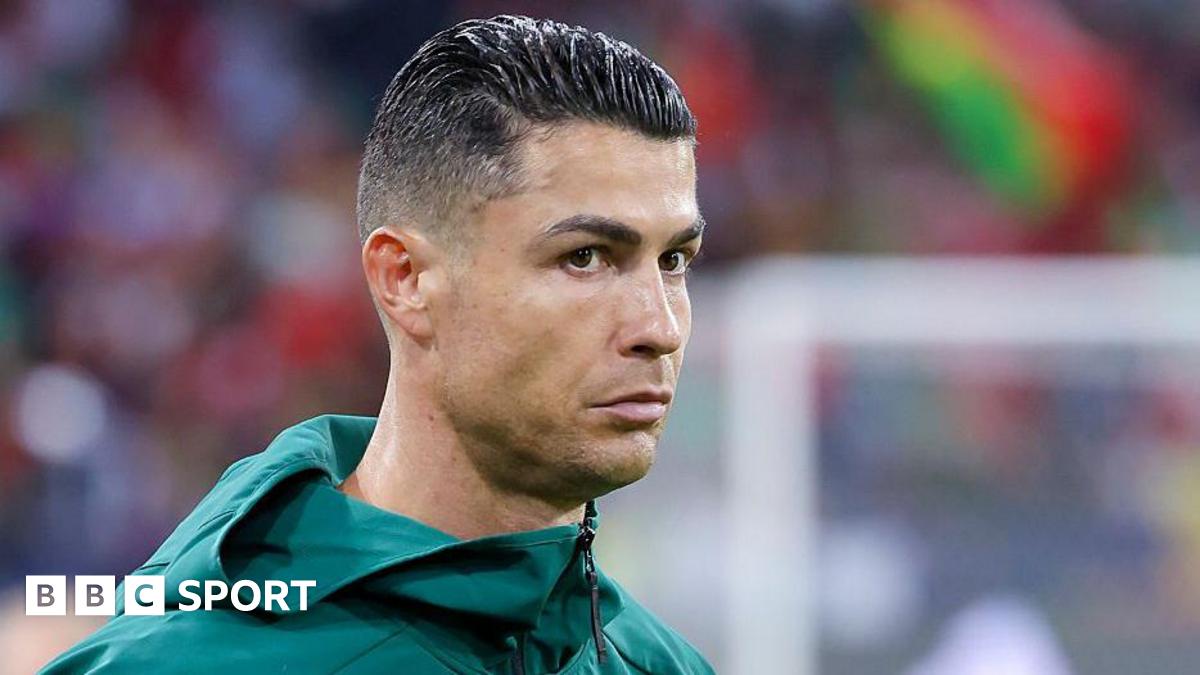
Mark KriegelJun 2, 2025, 06:27 AM ET
Editor's note: On Tuesday, ESPN writer Mark Kriegel's book "Baddest Man: The Making of Mike Tyson" will be published. This excerpt is from a chapter documenting the early amateur fights of a 14-year-old Tyson.
[CUS] D'AMATO DIDN'T attend any of Tyson's fights until May 27, 1981, at the Catholic Youth Center in Scranton, Pennsylvania. [Kevin] Rooney would raise his record to 14‑0 that night, winning by unanimous decision in the co-main event. But amateurs would start the evening, with Tyson facing a seventeen-year-old from nearby Kingston, right across the Susquehanna River. His name was Billy O'Rourke, a senior from Wyoming Valley West High School, and D'Amato made it a point to seek him out before the fight. He was sitting alone on the bleachers.
"Billy? I need to talk to you."
O'Rourke looked up. He didn't know too much about Cus D'Amato, just that he was from New York and looked like Yoda from Star Wars. "You're a good-looking boy, nice kid," D'Amato began. "I'm sure you have a good career ahead of you. I just don't want you running into a buzz saw."
Buzz saw?
"Michael is going to be champion of the world," D'Amato said matter‑of‑factly. Champeen of the woild, in the old man's vintage accent. "He's a killer. A monster."
Billy was studying the old man, thinking: No one does this.
"He's hurting grown men," D'Amato said grimly. "Everyone's afraid to fight him. I just want you to know so you're ready. You need to be very careful."
Soon Tyson came by. The old man introduced him.
"Hi. Howyadoin," he said softly.
For a killer from Brooklyn, thought Billy, he looked sort of regular. They weighed about the same, two hundred pounds. At six two, though, Billy could see he had about four or five inches on him. And that lisping soprano! There's no bass in this guy's voice, he thought. Forty‑two years later, I ask Billy O'Rourke, now a retired correctional officer, why the kindly old man was trying to get in his head.
"He wasn't," Billy insists. "He was really trying to warn me."
Had to be frightening, a warning like that. I wonder what Billy was thinking as he left to get his hands wrapped.
"I'm like, I'm gonna destroy this guy."
Tyson was officially 4‑0 at the time, not including the smokers at the Apollo. But all his fights had ended pretty much the same, by knockout, most of them in the first round. All he knew of O'Rourke was his ostensible role in this play -- the white guy -- and, from his immersive studies in boxiana, the presumption against white heavyweights going back more than seventy years to Jack Johnson and the exhortations of yet another popular American writer, who urged former champ Jim Jeffries to come out of retirement and avenge the indignities Jack Johnson had heaped upon the white race. "Jeff, it's up to you," wrote Jack London.
Good thing, then, that London wasn't there for the first round. As it began, Tyson loaded up on a big, wide left hook, gathering great torque from the twist in his torso. Billy saw it coming. He knew exactly what to do and readied his right glove firmly by his chin. Boxing 101: He'd catch the hook on his glove, then shoot back with a hook -- right hand -- hook combination of his own.
Billy caught the hook, only it wasn't like any other shot he ever caught, before or since: "I blocked the punch, but it went right through my guard. He knocked me up in the frigging air."
Crazy what you remember on the way down. First it was the boxing shoes. Took Billy a moment to realize they were his own. Then the blood. There would be a lot of it that night. Then Tyson caught him with another barrage. He'd need sixteen stitches to close the gash beneath his right eye. But Billy begged the ref not to stop it.
Here, an aside, again, first explained to me by [Teddy] Atlas around 1991, not long after I started writing a sports column in the New York Post: Power is an intoxicant, not only for fans but also for fighters themselves, be they fourteen-year-old boys or heavyweight champions like George Foreman. The question, then -- a test of the fighter's character, really -- is what happens when you come across an opponent who takes your best shot and doesn't -- my favorite Atlas word here -- submit. It depends on the fighter, of course. Is he a bully or a pro? The bully's pulse will quicken. His breath gets short. He starts to think, then doubt himself. Soon enough, he's envisioning his own humiliation. The longer this goes on, the greater the chance he'll find a way to quit.
No doubt this was a test for a kid already touted as a future heavyweight champ. The results, however, remain subject to interpretation or, perhaps, dueling autobiographies. Tyson's account is straightforward enough: an unexpectedly grueling fight between him and "this crazy psycho white boy" who kept getting up. The second round he recalls quite reasonably as "a war." Before the third, Atlas reminded him how he'd spoken of being a great fighter, like the legends they'd studied on film in the attic: "Now is the time. ... Keep jabbing and move your head." Tyson remembers knocking down O'Rourke twice more. As it ended, though, bloody Billy had him against the ropes and was waling away. If the fans loved it, D'Amato was more measured. "One more round," he told Tyson," and he would have worn you down."
While Atlas's account makes little mention of D'Amato, it's lengthier and heavy with the kind of savagely inspirational oration for which Teddy would become famous. As in Tyson's recollection, O'Rourke is mere stereotype, almost an abstraction: big, unskilled, tough, white. At the end of the first, after dropping him twice, Tyson returns to the corner and diagnoses himself with a broken hand.
Atlas recalls grabbing the hand in question, squeezing it tight, and giving a speech. It begins with "The only thing broken is you" and ends with the trainer pushing his fighter back into the ring, whereupon Tyson drops O'Rourke twice more. After the second, Tyson returned to the corner and declared, "I can't go on."
"You can't go on?" Atlas recalls saying. "I thought you wanted to be a fighter. I thought you had this dream of being heavyweight champion. Let me tell you something. This is your heavyweight title fight. ... You bulls--- artist. You've been with us all this time, saying you want to be champ, and everything's fine when you're knocking guys out. But now, for the first time, a guy doesn't want to be knocked out, a guy has the balls to get up, and you want to quit? You know what I'd be doing if I was in that other guy's corner? I'd be stopping the fight. That's how beat up this guy is, and you want to quit! Now get up, goddamn it!"
That's a lot to tell a fourteen-year-old between rounds. Nevertheless, Atlas again picked him up off the stool and sent him out once more. When he saw that Tyson was ready to quit again, Atlas got up on the ring apron and admonished him to hang on, which, in an apparent miracle, he managed to do.
"It was a watershed moment for him, a real defining moment," Atlas concludes. "Because if he had quit then, he might never have become Mike Tyson."
They're an interesting exercise in counterpoint, Teddy's and Tyson's accounts. Looking back, though, Billy O'Rourke's seems the most reliable. "I'm not calling anyone a liar," he tells me. "But I was there. I should know. I sparred more than a thousand rounds and had I don't know how many fights. I was wobbled a couple of times. But I was only down once in my entire career."
That was the first round with Tyson at the Catholic Youth Center. What none of them ever cared to know -- neither Tyson nor Atlas nor D'Amato -- was what kind of athlete Billy O'Rourke actually was. He'd been wrestling since fourth grade and had just knocked out the fourth-ranked heavyweight in the country. He could run eighteen miles in two and a half hours. Triathlons? No problem. Billy O'Rourke didn't have a father, but he did have a coach, like Tyson, who also assured him he'd go to the top. But while Tyson was sparring with Lennie Daniels, Billy was already at Deer Lake, Pennsylvania, where Ali was preparing for Holmes. He'd sparred with Ali. He'd been in with Tim Witherspoon, who in 1984 would win the WBC heavyweight title, and Brownsville's own, Eddie Mustafa Muhammad, who'd just lost his light heavyweight belt to Michael Spinks.
"I've been hit dead square in the face by Ali and Witherspoon," he says. "It didn't really hurt me. But Mike? Mike hurt me."
In the second round, as Tyson became visibly tired, O'Rourke faked a jab and shot his right hand. It was maybe two inches from impact when Tyson came back with a hook to the body, followed, with the same hand, by an uppercut. It would become one of Tyson's signature combinations, but O'Rourke remains less awed by the power than by the quickness.
Waiting for the third round, he recalls, "that's when Teddy Atlas and Mike Tyson were having problems, 'cause Mike didn't want to fight no more. He kept saying he hurt his hand. Was it as dramatic as Teddy makes it sound? I didn't see it that way. I just thought Mike was doubting himself a little."
When it was over, Tyson whispered in Billy's ear: "I think you won." "Did you?" I ask him.
"It was a split decision. A lot of hometown people had me winning the fight. But I was there, Mark. I didn't win that fight."
JESUS CARLOS ESPARZA was six when his mother strapped a shoebox over his shoulder and told him to fill it with olives. The family went where the work was: from Texas to Minnesota, where they chopped weeds to make way for the sugar beet harvest, to California's Central Valley, where they stooped or stretched for whatever was in season: olives, oranges, lemons, peaches, pears, and plums. At thirteen, Esparza's most fervent wish was for a trophy, and he figured boxing would be his best shot. He was a big, strong kid who ran the three miles to the local gym and back every day. By the summer of 1981, with about fifty fights on his résumé, Esparza had qualified for the Junior Olympics. He was 215 pounds, had a decent jab and a good right hand, and prided himself on hitting hard. Though he was sixteen, his coach lied to get him into the fifteen-and-under division. It wasn't much of a favor, though, as he drew Tyson in the first round: Wednesday, June 24, in Colorado Springs, twenty‑seven days after Billy O'Rourke.
Esparza arrived in Colorado Springs by Greyhound bus, almost a week before the fight. "There was a recreation area," he recalls, "and all the heavyweights were sizing each other up. But when Mike Tyson walked in we were like, 'Holy s---.' He didn't look like no fourteen‑ year‑old."
Next day, in the mess hall, he heard a coach from New Jersey say only one fighter had ever made it to the second round with Tyson. Could that even be true? Esparza wondered.
They all worked out in the same gym. Tyson didn't say much, wouldn't make eye contact. Damn, he was cut up, though. "You lift?" Esparza asked.
"Push‑ups," he mumbled.
They took the fighters up Pikes Peak by rail. Esparza remembers the way Tyson's eyes exploded with wonder. They didn't have deer in Brownsville.
Esparza remembers Atlas: "Real skinny. But I'll never forget that scar."
The night of the fight, Tyson was eating a giant hamburger with a mountain of fries and a large soda. It had always been impressed on Esparza never to eat heavily before a fight. He tried to convince himself he had an edge.
By the time the fight began, though, Tyson had become savagely animated, coming out with that frenetic D'Amato dance, gloves at his cheeks, head moving side to side like a pendulum. Wasn't that hard to hit, though. Esparza caught him with a couple jabs. Then a right. Then another.
"I thought they would hurt him," he says. "But they just seemed to piss him off."
Then Tyson hit Esparza, put a jab on his chest. "Knocked me right on my ass," he says. "I remember getting off the canvas, thinking, What the hell was that?"
Esparza tried to fight back, but his straight shots didn't seem to have much effect. Tyson kept whaling away. Finally, Esparza found himself against the ropes. He saw it coming: a big, looping right hand. He pivoted to catch it, maybe too much. Or maybe Tyson was long and a little wild. He remembers the blow landing on his back, technically a foul. The ref was on the other side and didn't see it. But Esparza wasn't about to say anything. He couldn't even breathe.
"First time I ever had a fight stopped," he says. "I've never been hit that hard in my life."
I ask him about Atlas's bylined account in The Daily Mail (Catskill, New York): "Thor himself couldn't have belted out a more blunderous shot." Atlas had it over in thirty seconds.
"No," says Esparza, "I almost lasted the whole round."
It's the single consolation prize Esparza took from that week in Colorado: At least he lasted longer than the other guys. The next kid was from Texas, maybe 260 pounds. "We were all watching," says Esparza. "He was in cover-up mode the whole time. I remember he was getting the s--- kicked out of him, and I remember the sound he made when Tyson kept hitting him."
A high-pitched sound. Ooh‑ ooh‑ ooh‑ ooh‑ ooh. "It lasted forty seconds, I think," says Esparza.
That there was a day off before the final round couldn't have helped Tyson's next opponent, Joe Cortez out of Michigan. Cortez enjoyed a reputation as a knockout artist himself. But Esparza could see him change: "He was trying to act real confident. But you could see he was nervous as hell. Now everybody started telling him, 'Oh, s---, you gotta fight the monster.' "By now, there was a rumor going around that Tyson was Sonny Liston's nephew. To be sure, he'd already mastered the essential Liston-esque construct. "Anybody I hurt," Tyson recalled of his teenage self, "my life gets better."
Meanwhile, the fighter Cortez beat in the semis was bragging that he let the kid from Michigan beat him: "I knew if I won, I'd have to fight that animal Tyson."
Cortez, for his part, would come out swinging, though it wasn't much of a fight. Tyson was wild and wide. But it was over in about eleven seconds: Cortez splayed on the canvas, a doctor and an EMT hovering over him. Esparza will never forget the sight. Still, if he was awed by the Tyson he met in 1981, he thinks better of him now.
"I've worked with kids who had that same rage," says Esparza. "It just grows as they get older."
Esparza went on to get a master's in social work from Fresno State. He's worked in group homes, in women's shelters, on Indian reservations, and with Child Protective Services. I'm not exactly sure what kind of rage he means.
"I give Tyson a lot of credit for talking about being molested as a kid," he says. "I think of some of his interviews over the years and his anger, how he tried to be, you know, really masculine to hide the feelings of what he went through, his past, his memories. It all makes sense, learning his story."
I'm not sure that's much of a comfort to Joe Cortez. As the finals of the Junior Olympics were televised on ESPN, then a fledgling cable sports network, they've achieved a peculiar immortality, the first‑dated clip in an endless video archive of Tyson the Destroyer. A Google search turns up several versions that refer to him as "an animal." They're without irony, merely intended as flattery, but they obscure what was really happening. For all the wise talk about how a fighter should deal with his fear, this fourteen-year-old boy was internalizing another lesson: how to project his fear, how to use it as a weapon.
"As my career progressed," Tyson would recall, "and people started praising me for being a savage, I knew that being called an animal was the highest praise I could receive."









